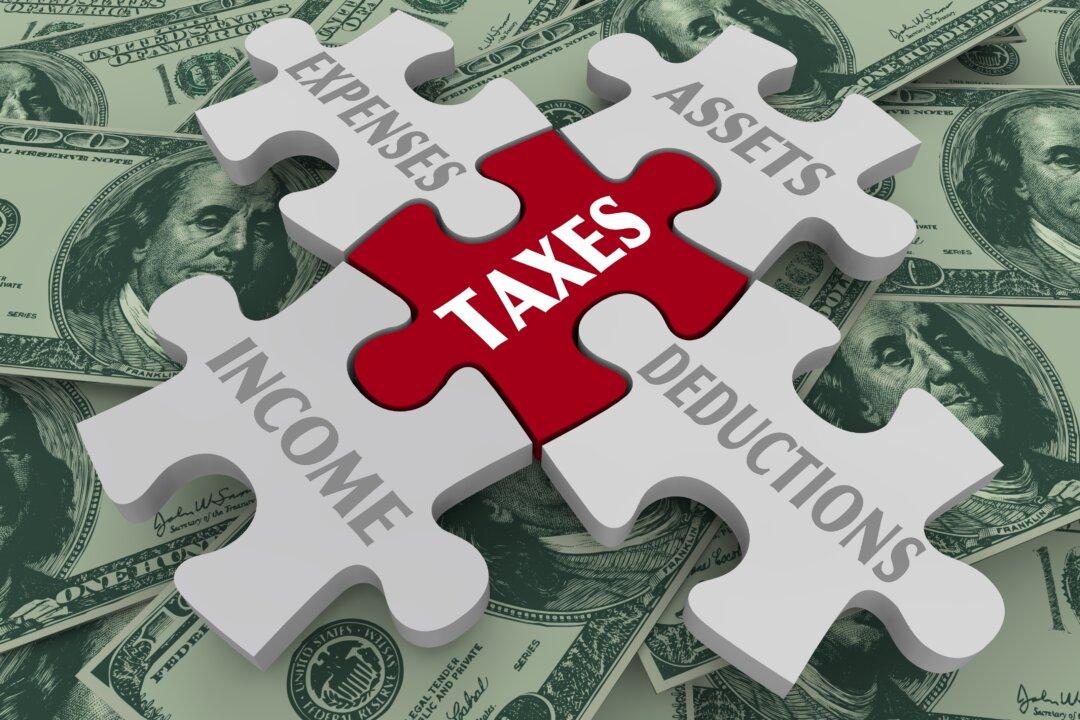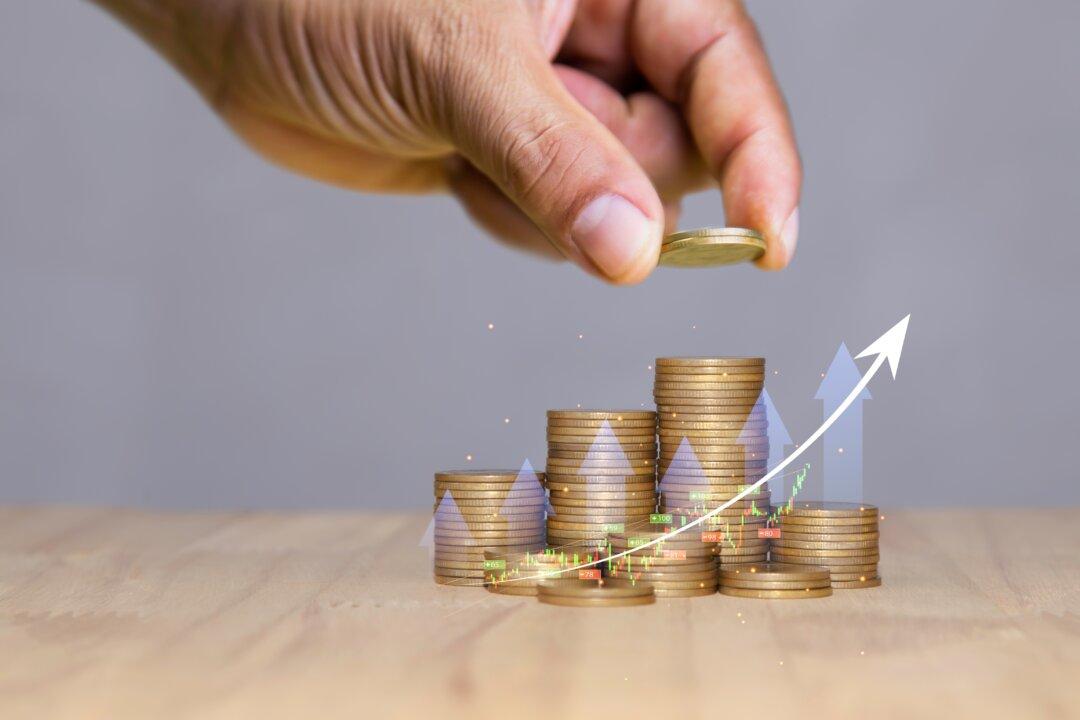This year, several asset categories will be facing increased challenges in terms of market valuation.
When monetary and fiscal generosity—in the form of debt hiatus without adverse credit-reporting consequences, stimulus checks, forgivable Paycheck Protection Program (PPP) loans, special childcare credits, employee-retention assistance, and many other like-minded programs—sent waves of trillions into the economy, all asset categories went up. Way up.






